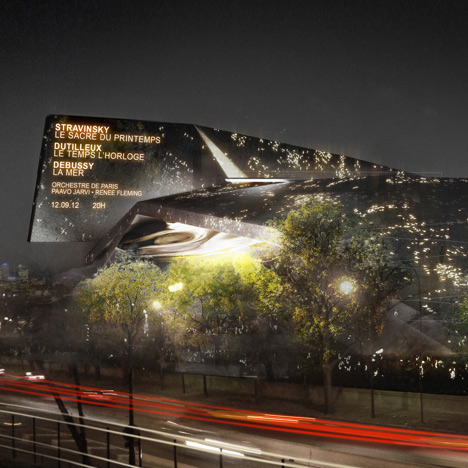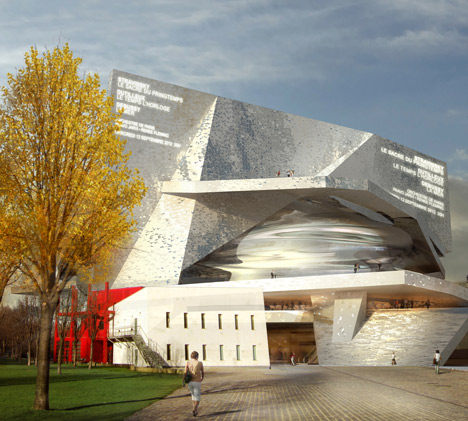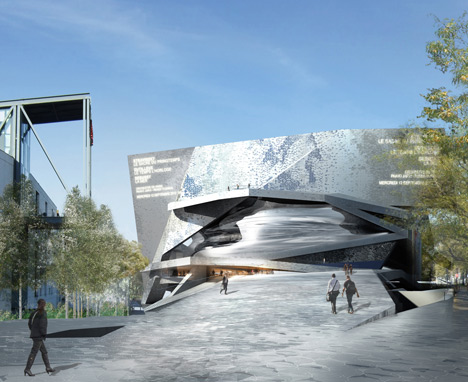Jean Nouvel's Paris concert hall spared the axe
News: Here are the latest images of architect Jean Nouvel's Philharmonie de Paris, set to become the world's most expensive concert hall after surviving the French government's recent cull of major cultural projects (+ slideshow).

Setting out its spending for 2013, the French culture ministry recently announced it was shelving several arts projects – including a controversial proposal for a museum of national history – as well as axing state funding for a Snøhetta-designed replica of the famous Lascaux cave paintings.
But despite running two years late and €187 million over budget, it was decided that building work on the Philharmonie de Paris was too far advanced to be halted.

The 2400-seat venue, located in the Parc de la Villette on the north-east edge of Paris, is now set to become the world's most expensive concert hall after spiralling costs required the city and the state to sink an extra €51 million into architect Jean Nouvel's project.
Construction costs are now expected to come in at €387 million, nearly double the original estimate of €200 million, with the opening date pushed back to 2015.
A French senate report recently criticised the "worrying drift" in the budget, suggesting the project is a "risky bet" against a gloomy economic backdrop, while state auditors also warned of the "exorbitant inflation in costs" of the publicly funded building.

When completed, visitors to the Philharmonie de Paris will be able to climb up its sloping metal-clad roof, while concert listings will be projected onto a 52-metre-high aluminium slab visible from the nearby ring road.
We first brought you images of the project back in 2007, after Nouvel's studio won the competition to design the venue – see more of the first images here and here.
Other projects by Nouvel's studio we've featured on Dezeen include a design showroom where furniture is caged behind chain link fencing and a renovated nineteenth century brewery in Barcelona – see all our stories about Jean Nouvel.
Images are by Jean Nouvel and Arte Factory or Jean Nouvel and Didier Ghislain.